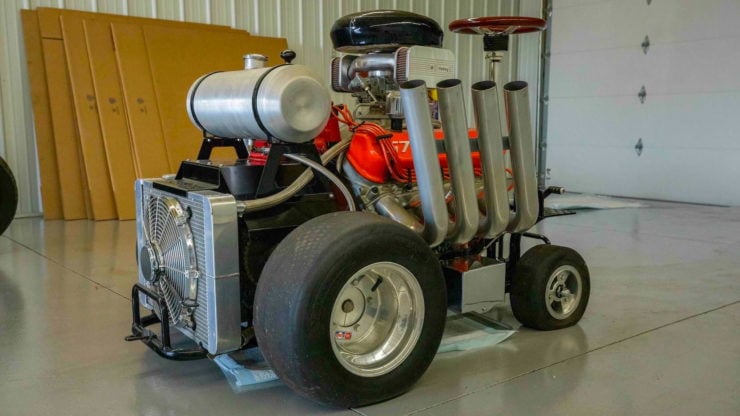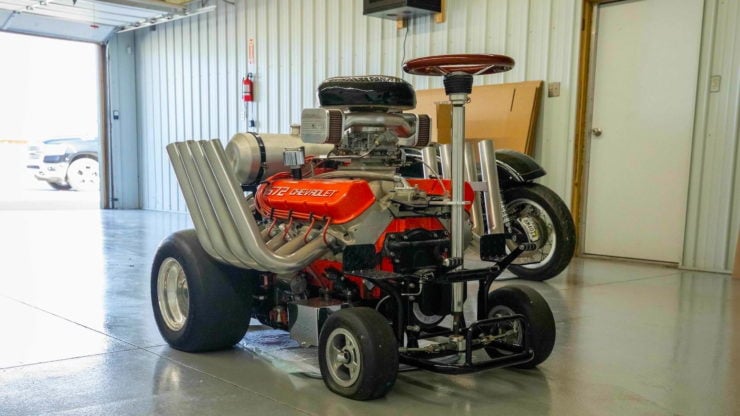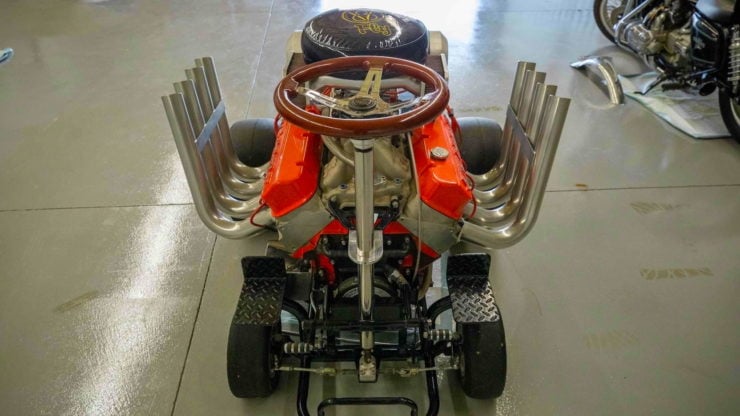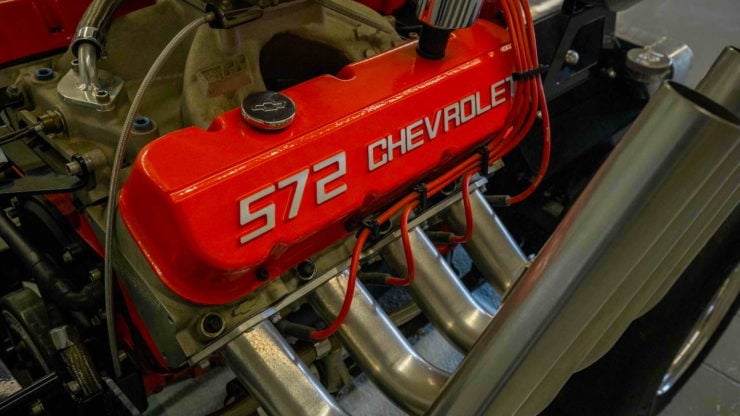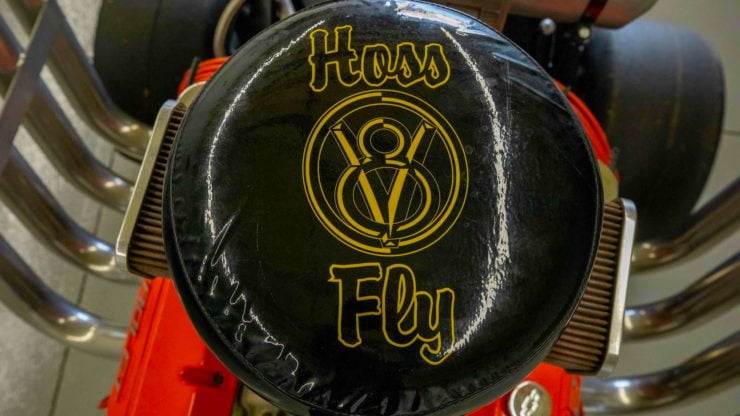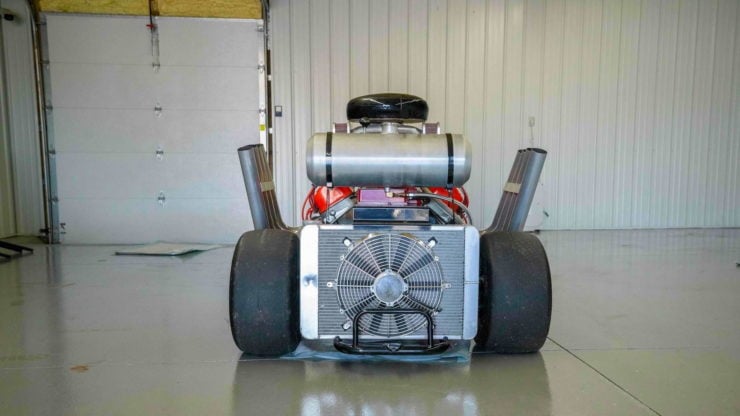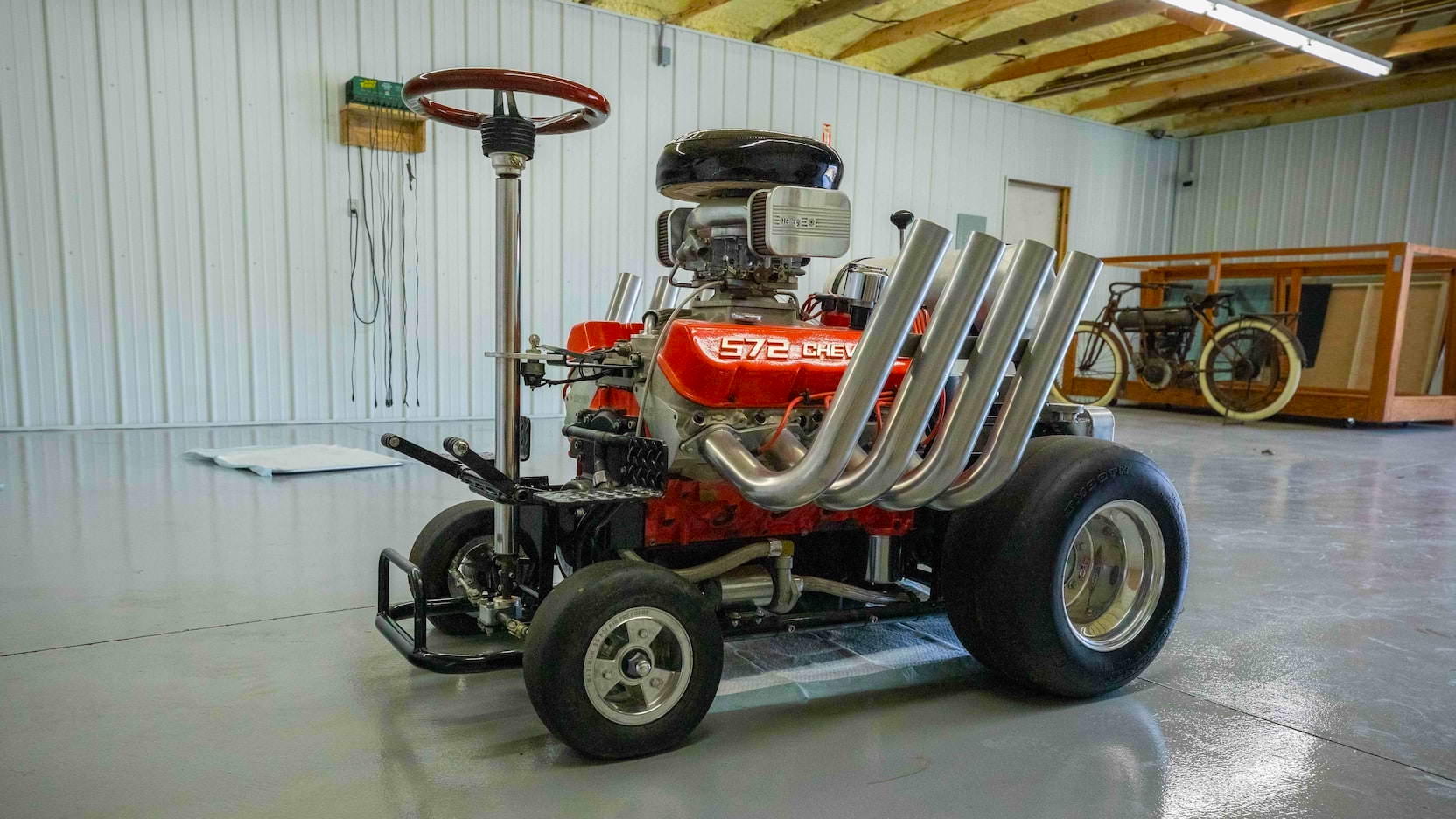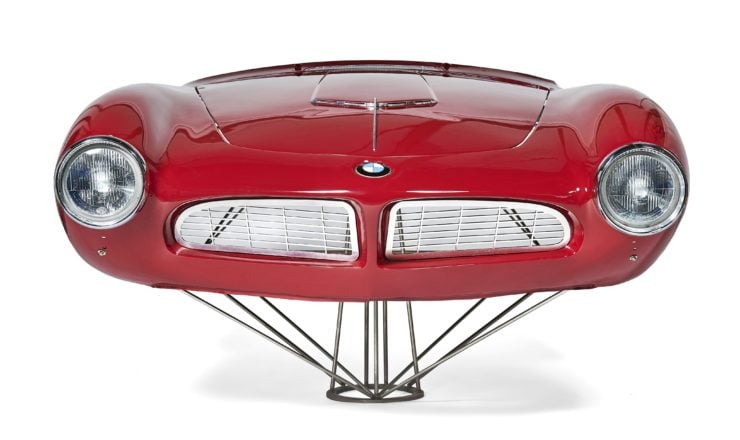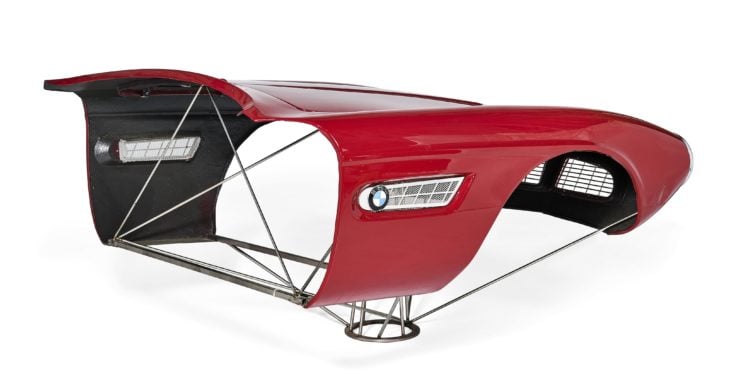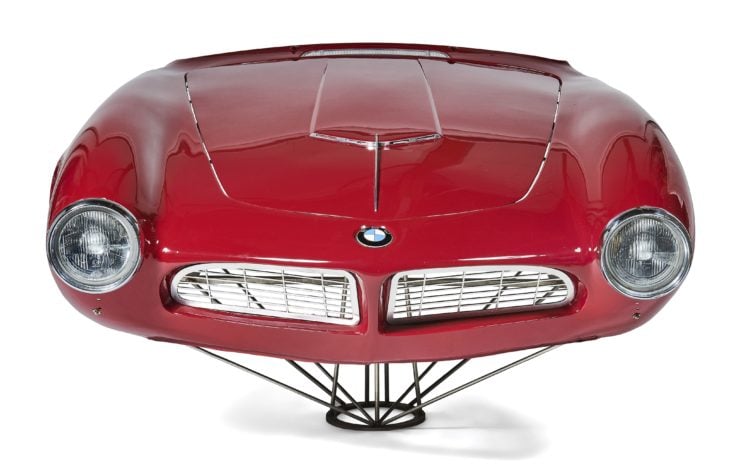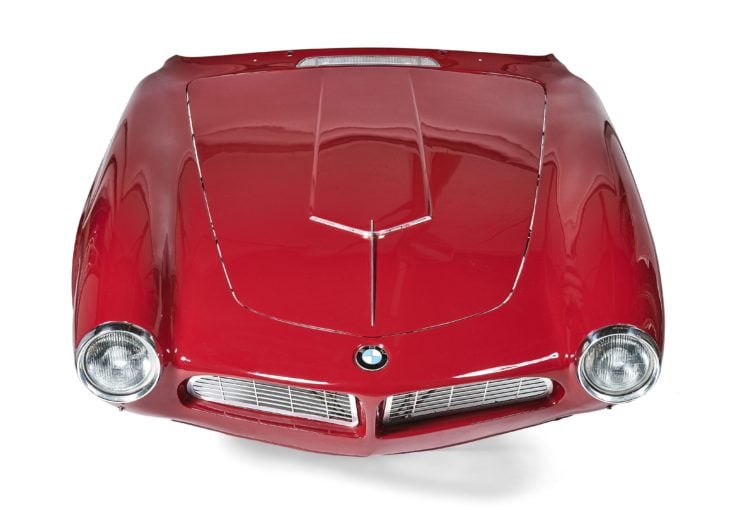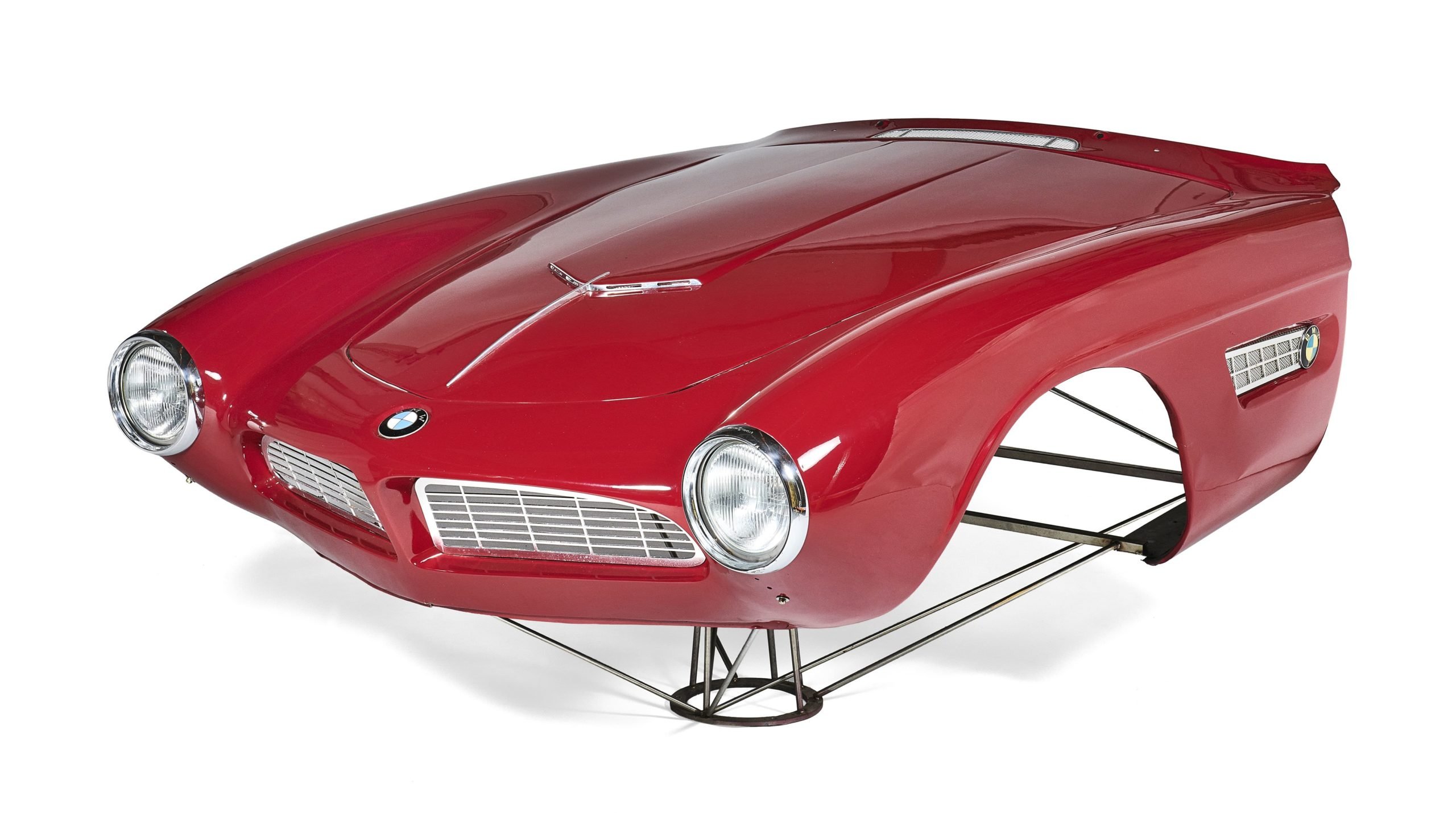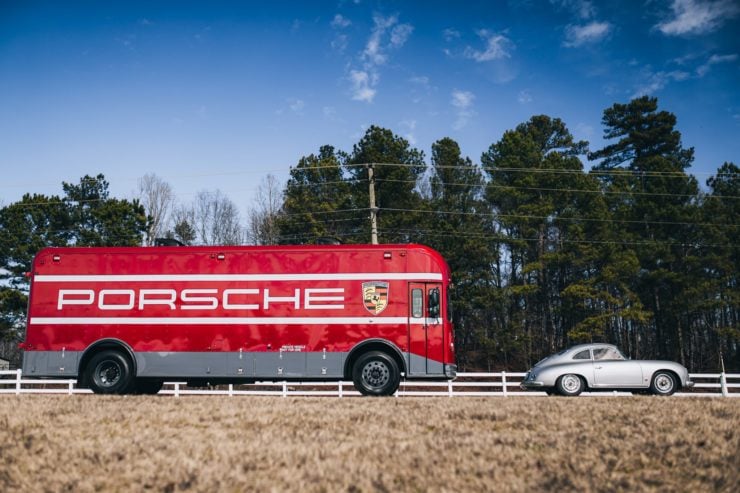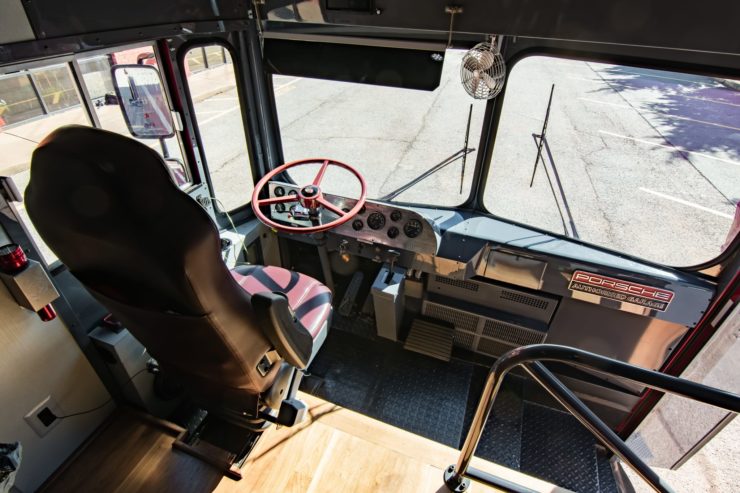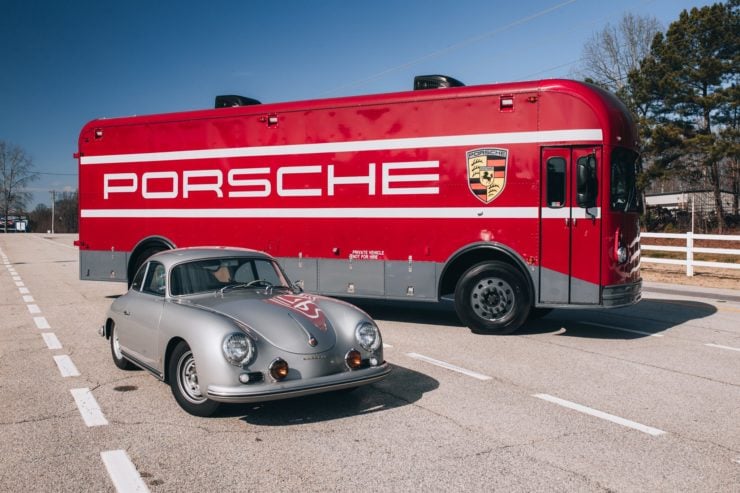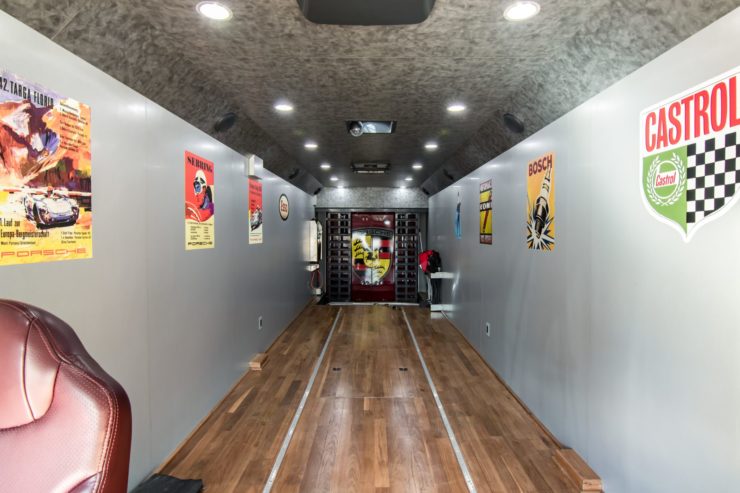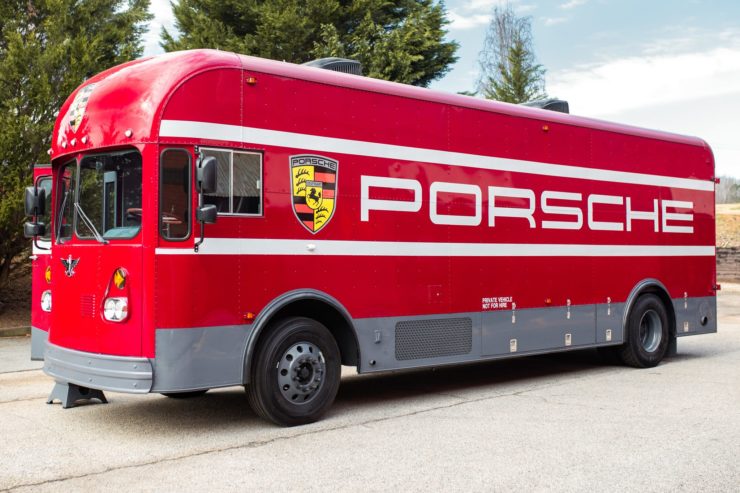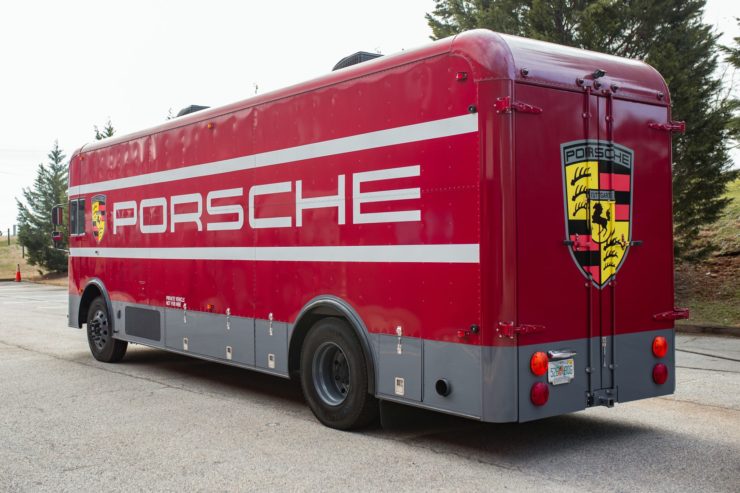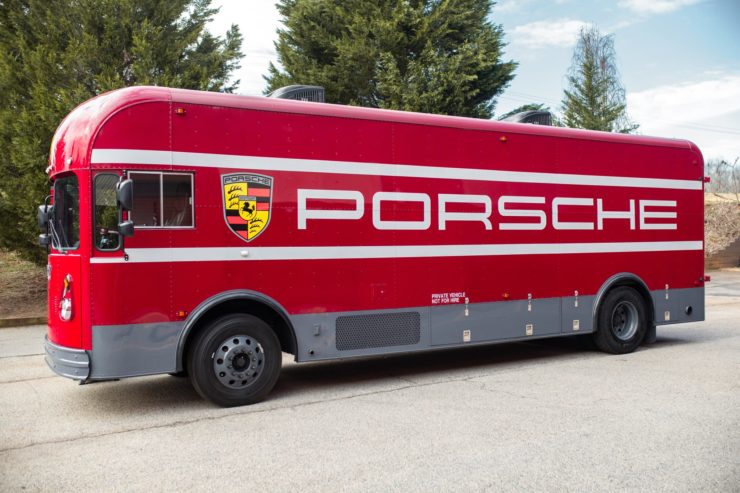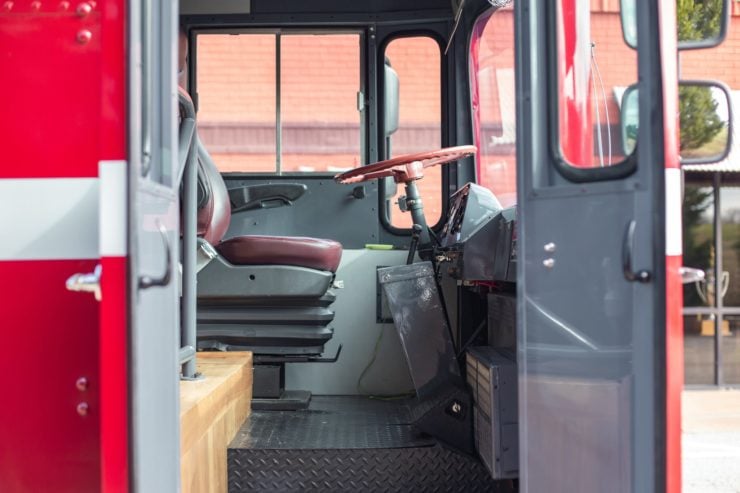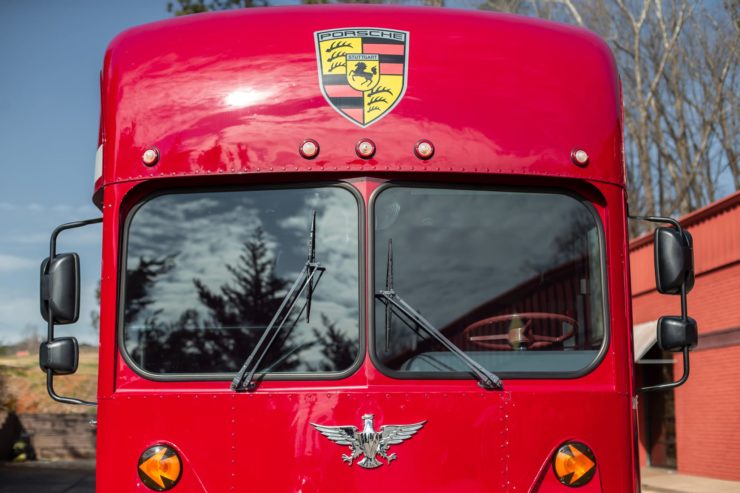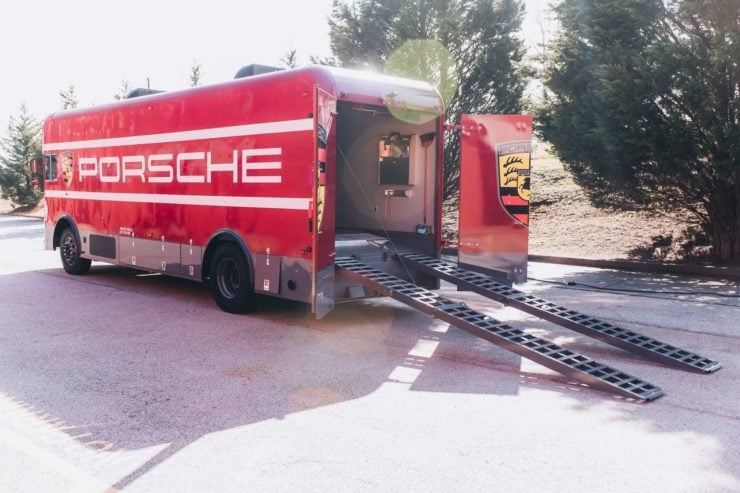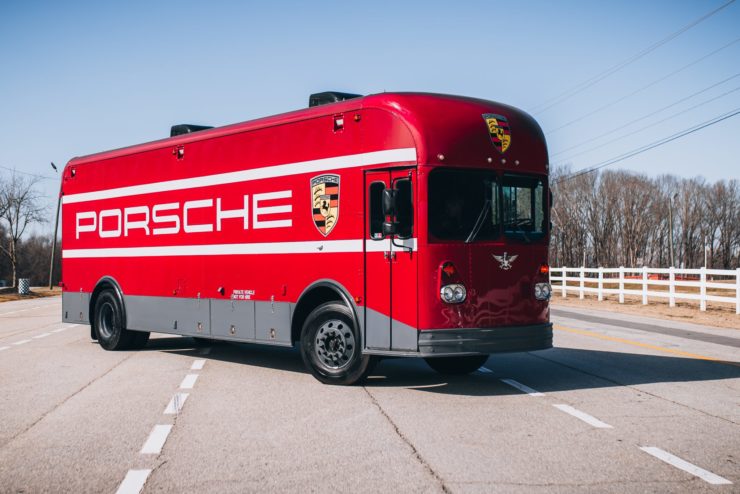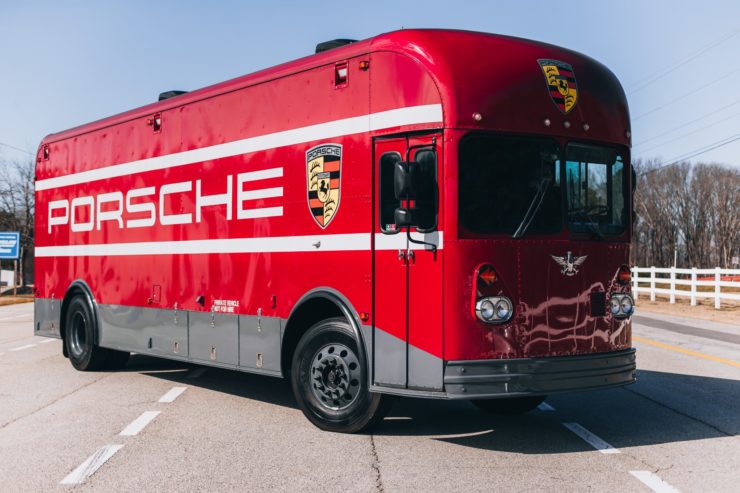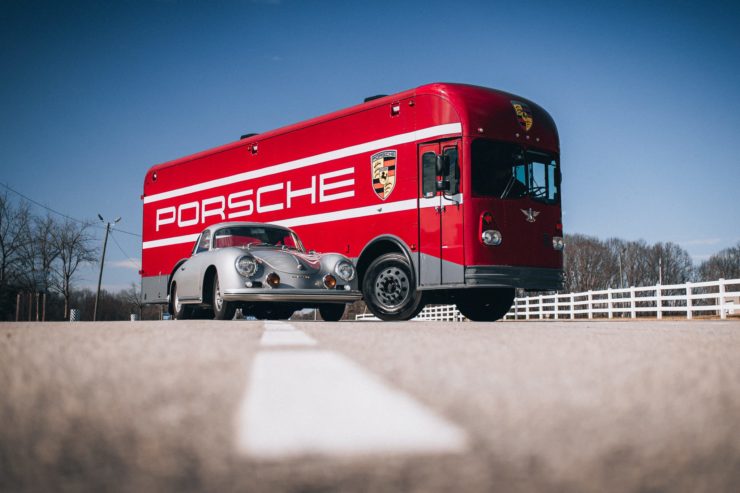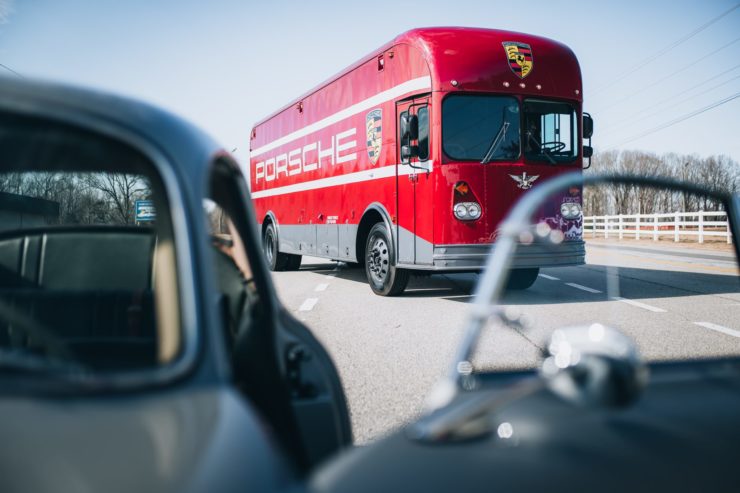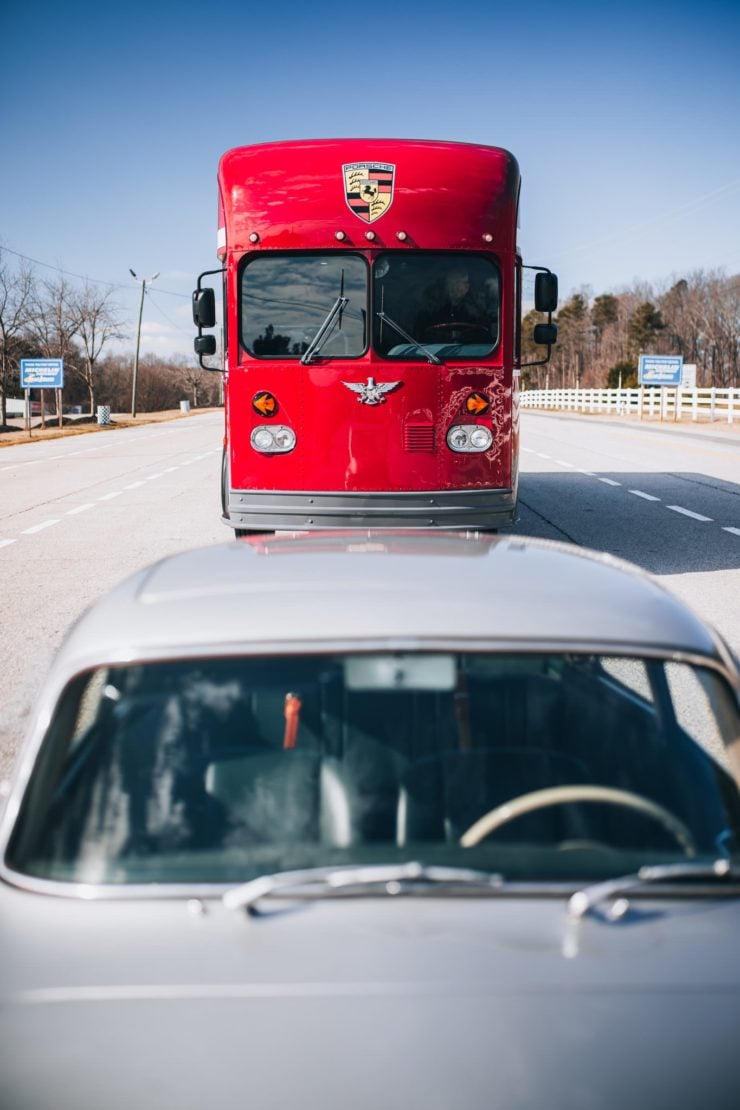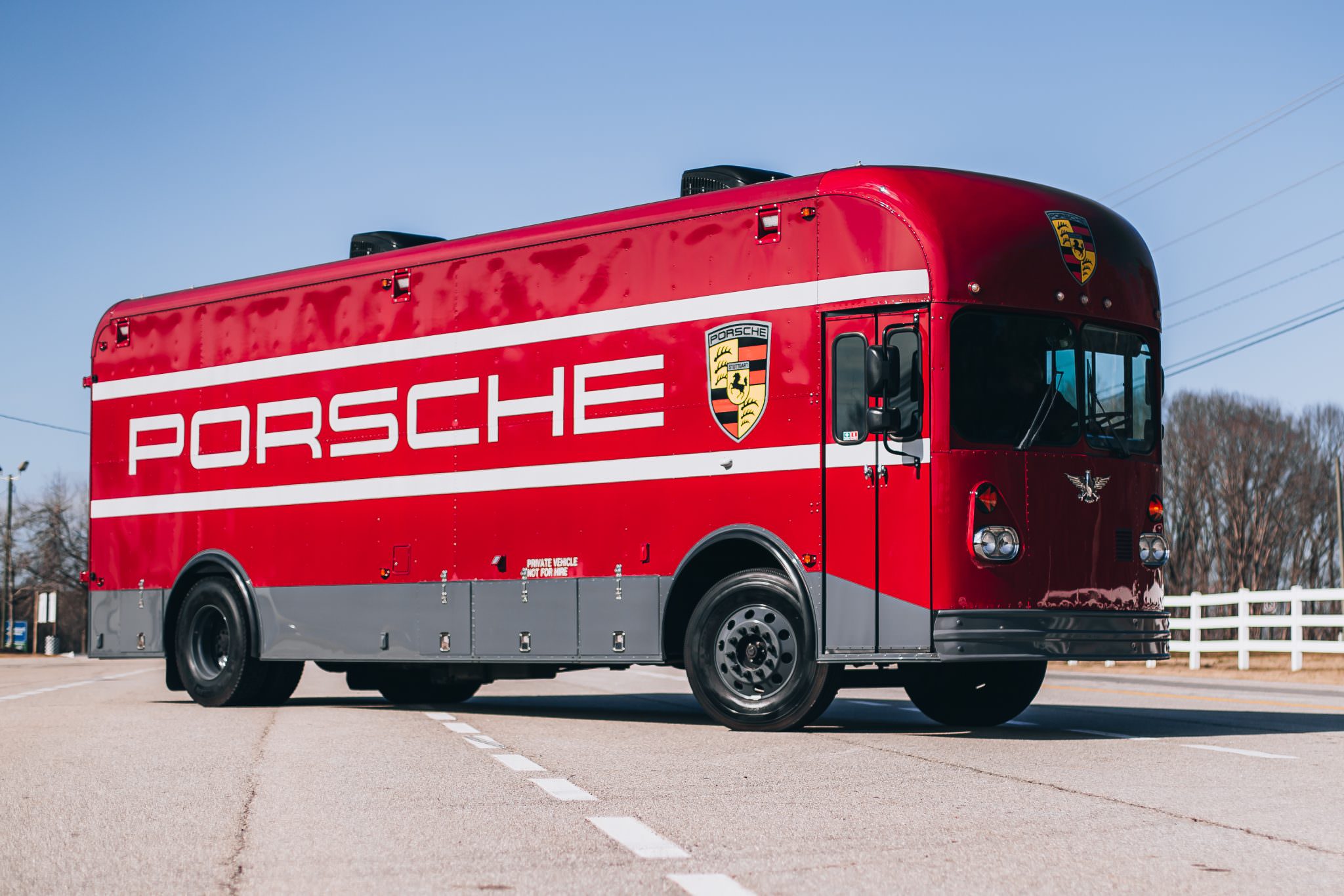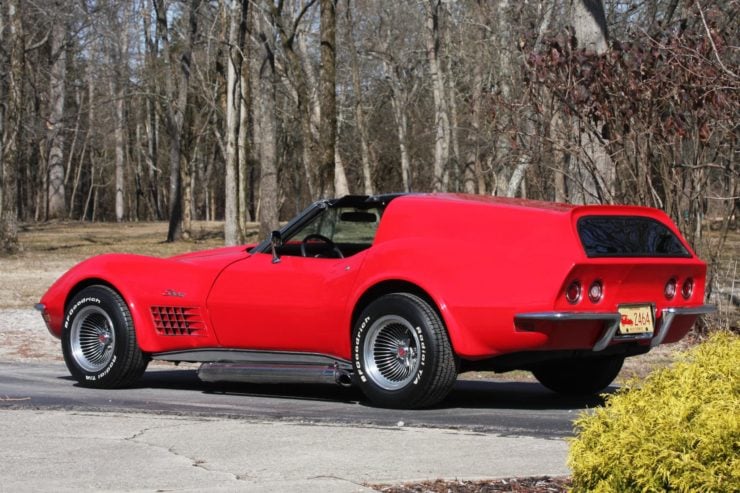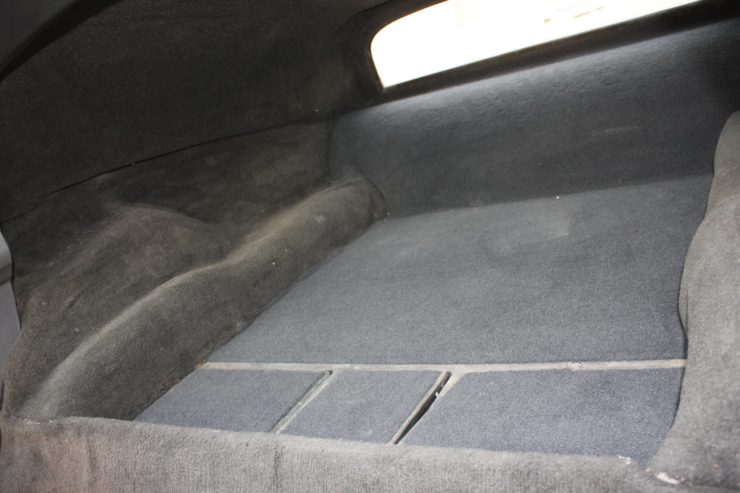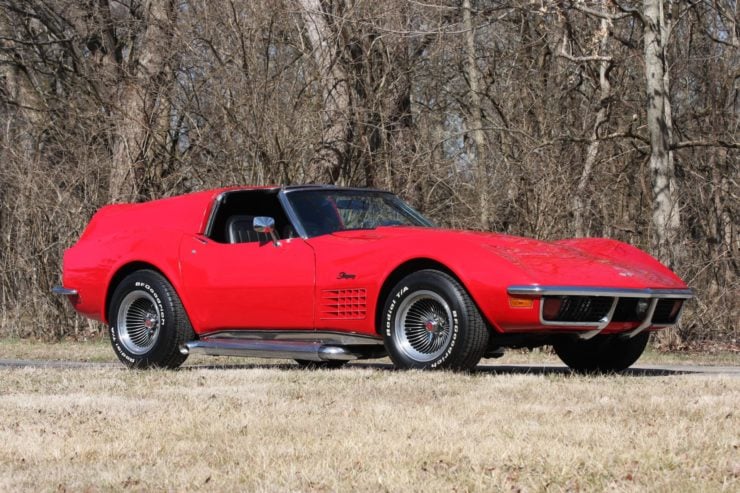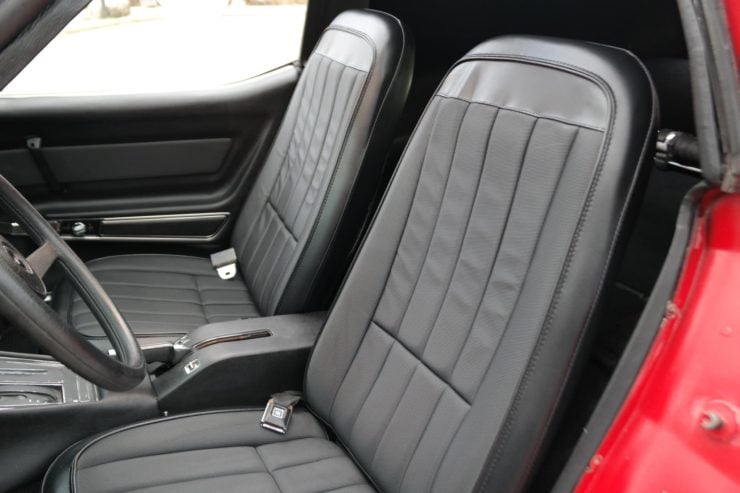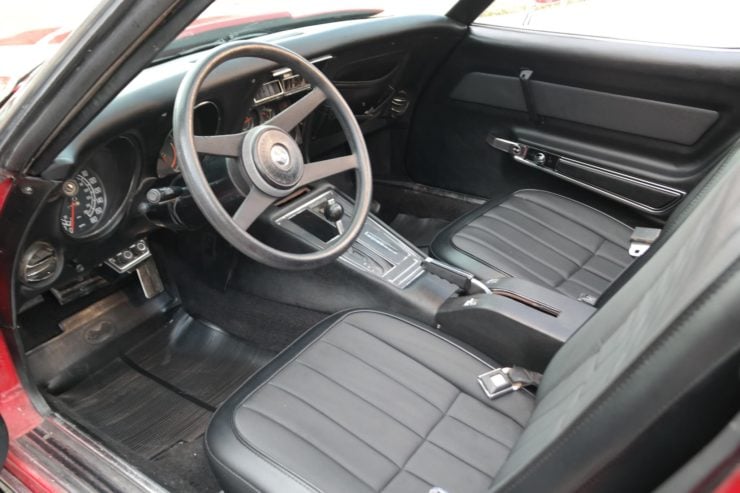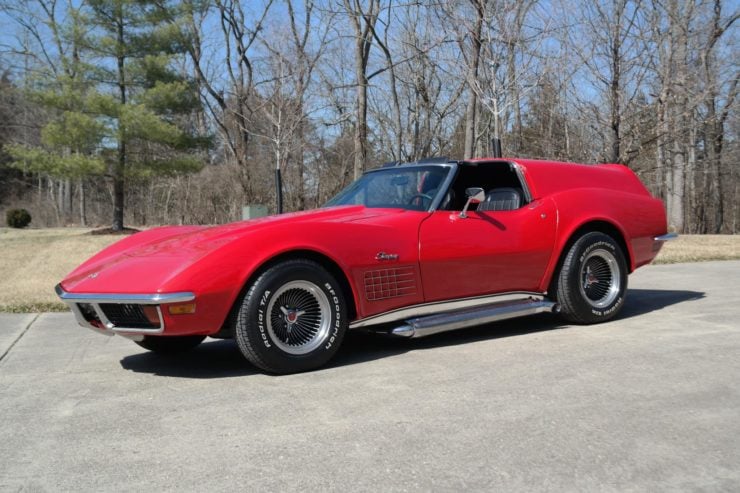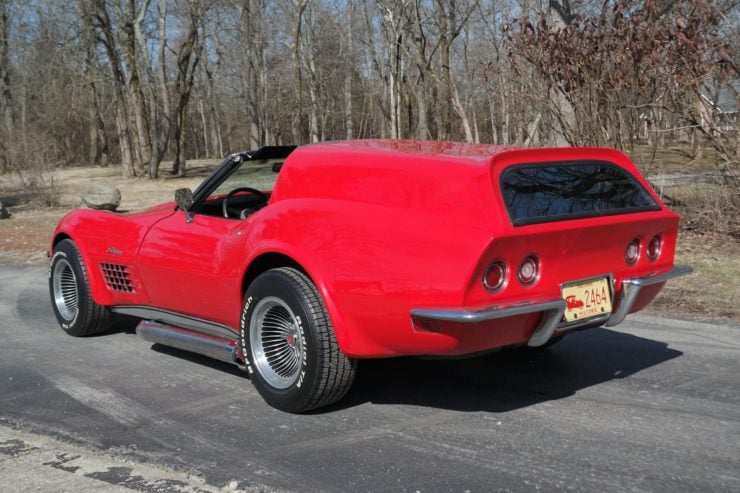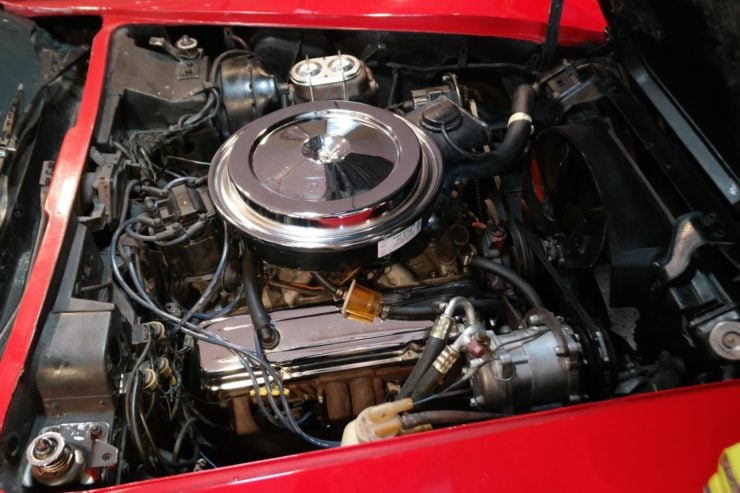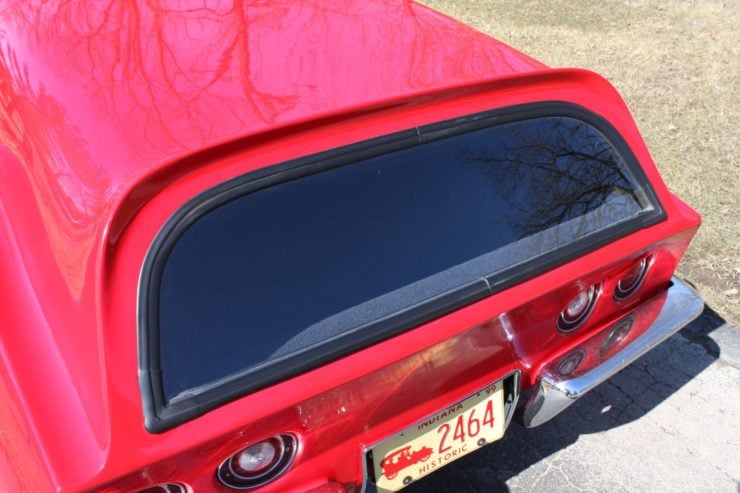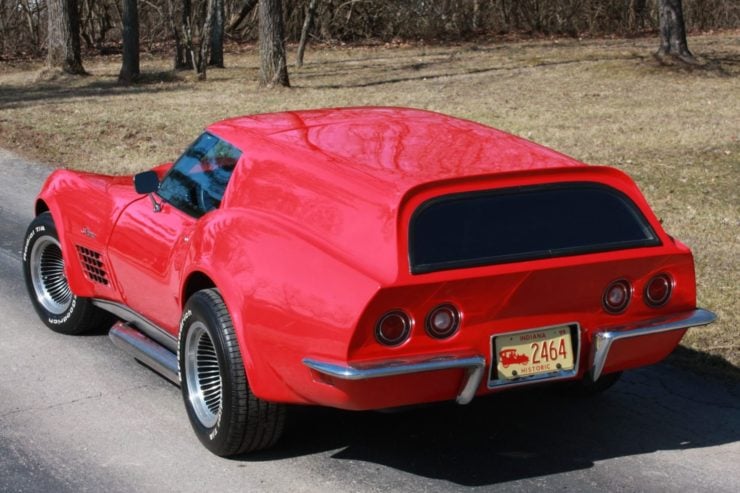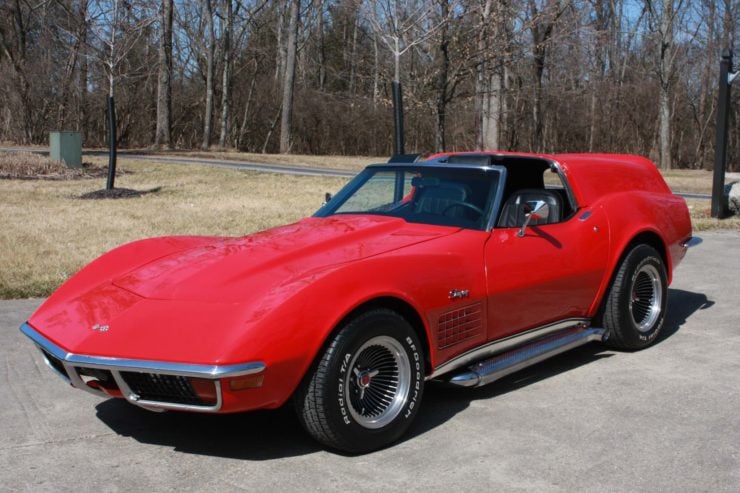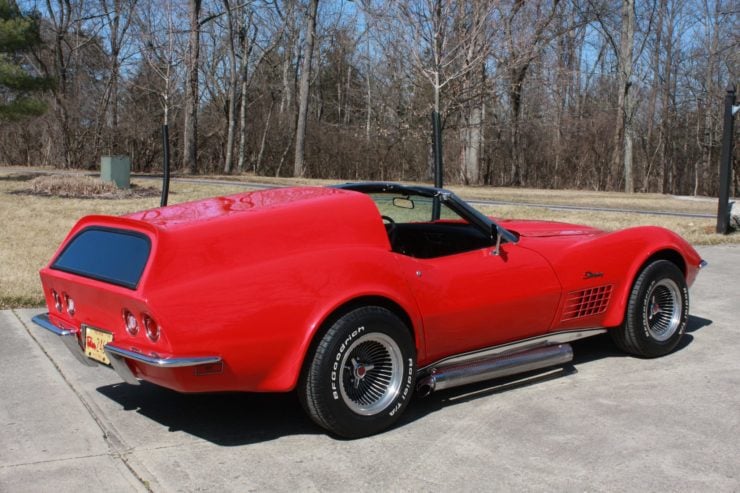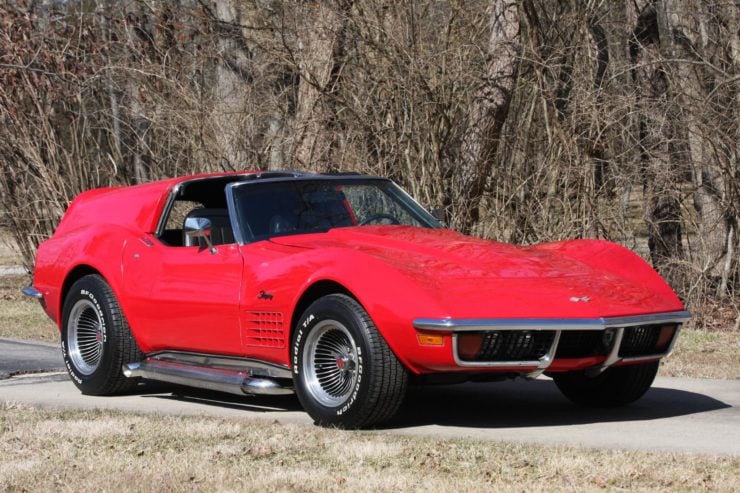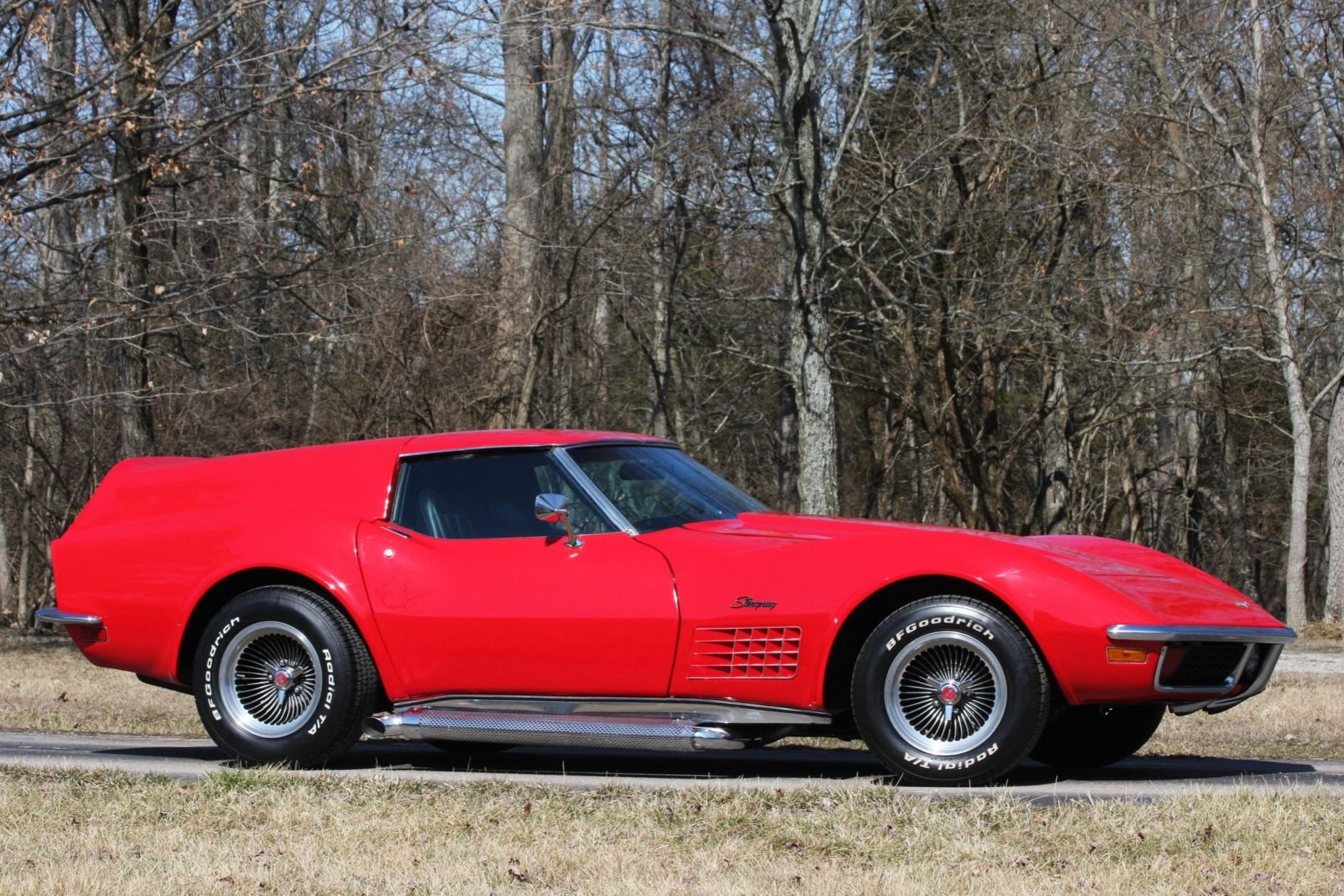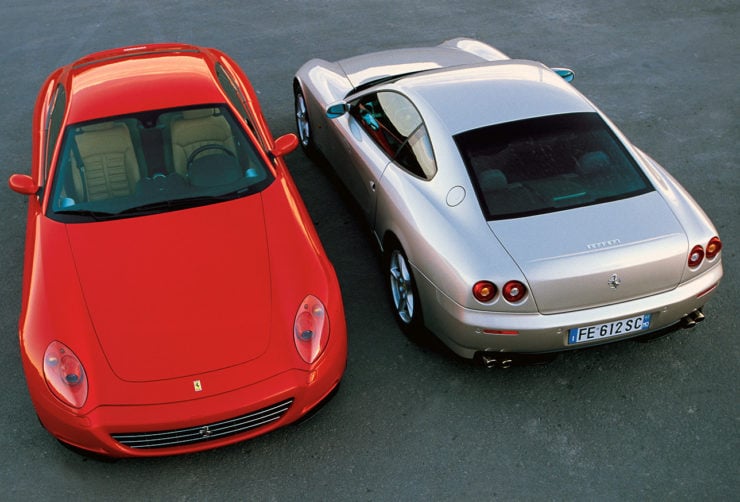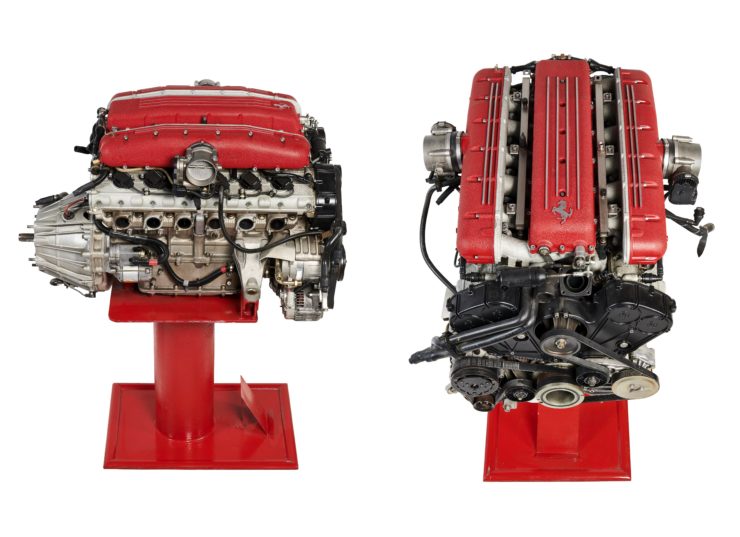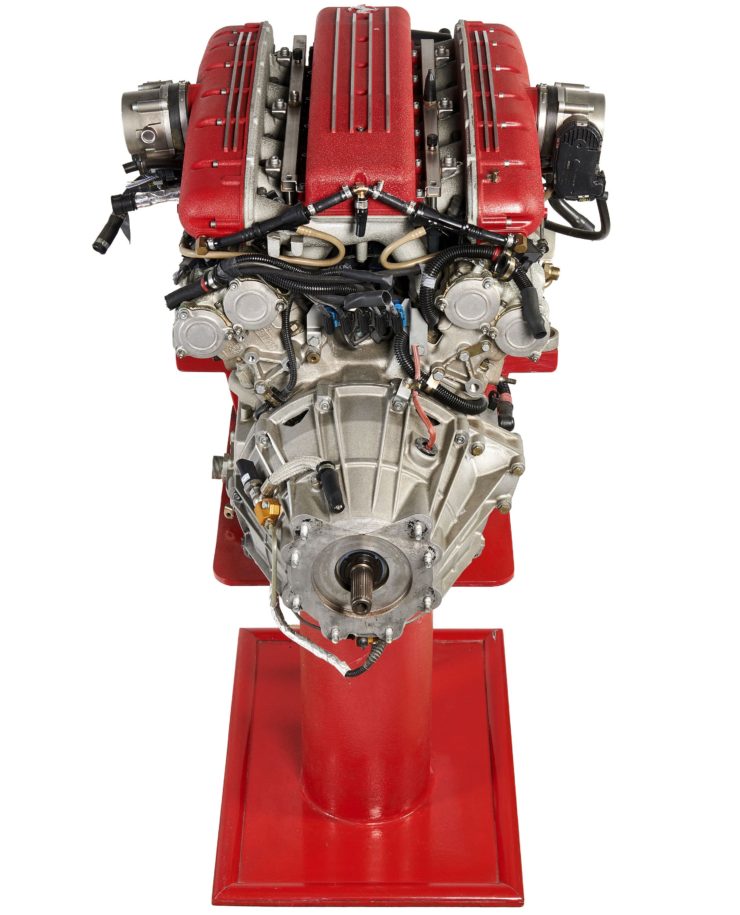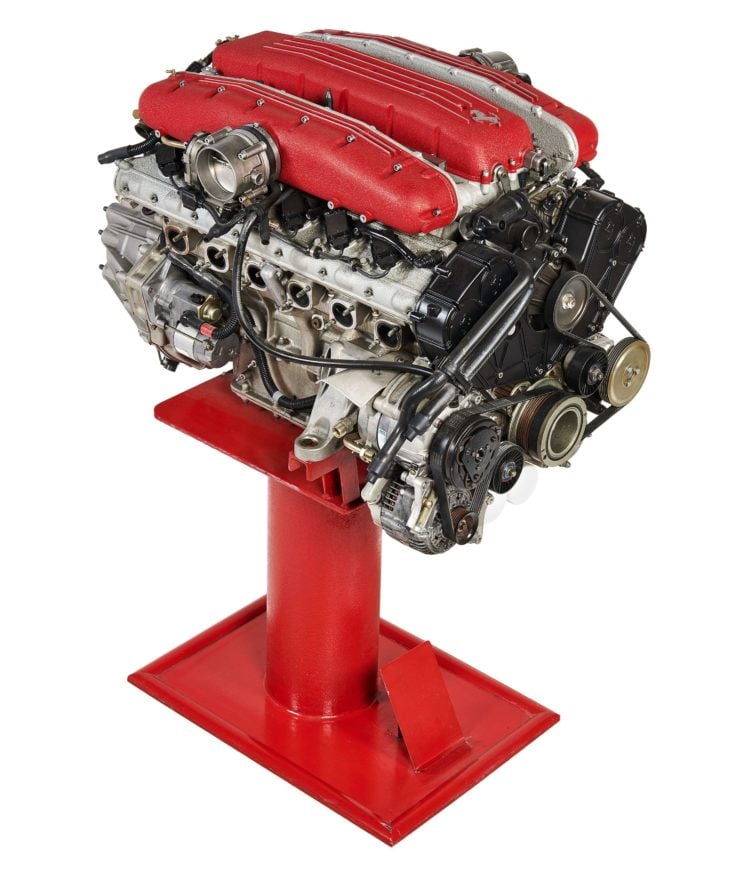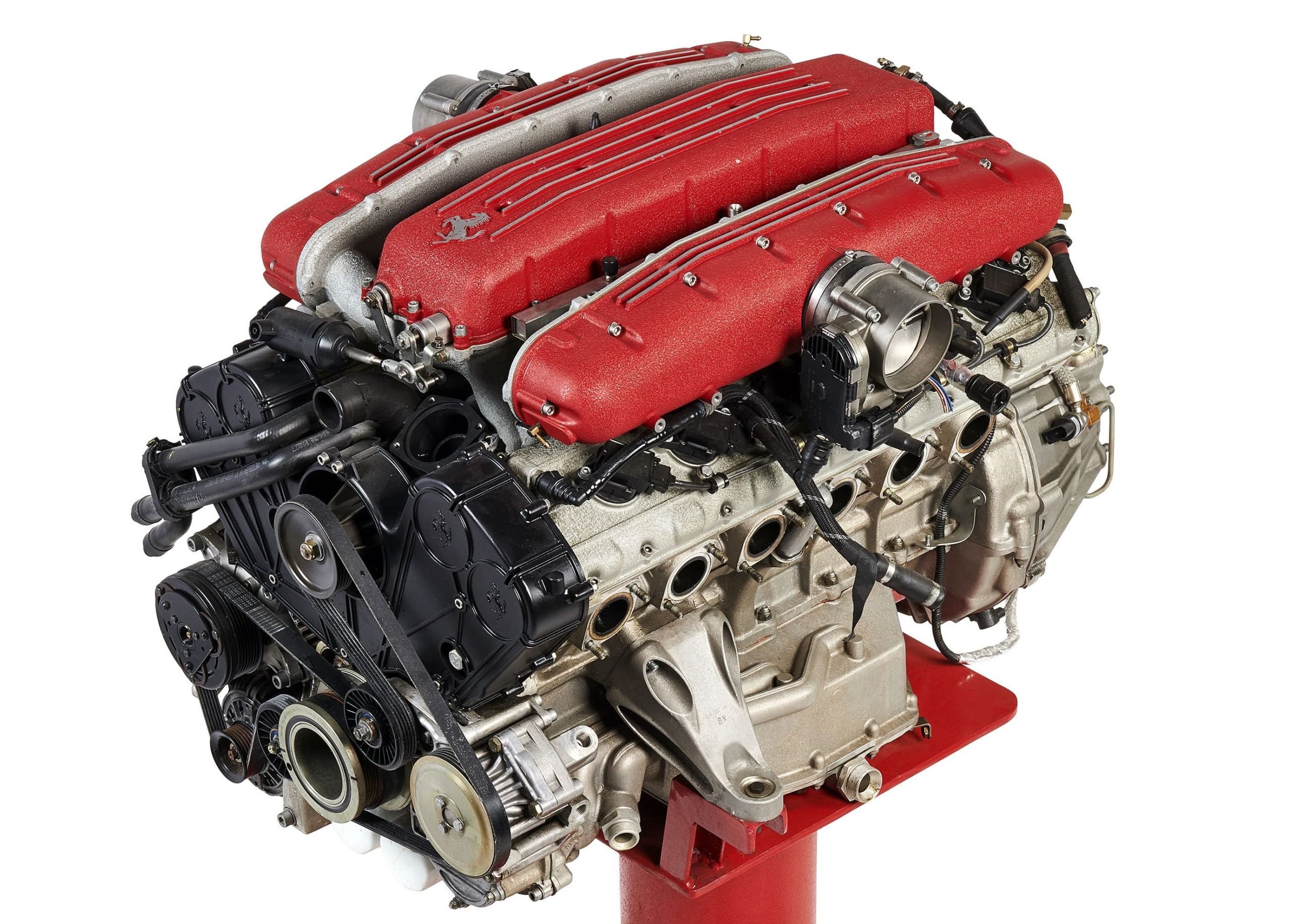The Koenig C62 is the kind of road-legal race car that could only have been conceived by someone with the imagination, engineering ability, and inherent madness of Germany’s Willy Koenig.
Just three C62s were ever made, each started out as a Porsche 962 Group C Le Mans race car chassis, which then had a custom composite Kevlar body added, and a highly-tuned Porsche 930 turbo engine fitted that produces 550+ bhp.
Fast Facts – The Mighty Koenig C62
- The Koenig C62 is one of the more extreme creations from the mind of Willy Koenig, the founder of Koenig Specials GmbH – a company that became famous for building some of the wildest modified supercars in the world in the 1980s and 1990s.
- Willy Koenig started out in the printing business, he became wealthy and spent some of his money on his true passion – racing. He became the German Hillclimb Champion in 1962 driving a Ferrari 250 GT SWB.
- In the 1970s Willy Koenig started modifying high-end cars in the 1970s, by the 1980s his company was one of the most famous, and most outlandish, in the world.
- The Koenig C62 has a Porsche 962 chassis, a 550 bhp Porsche 930 engine, and a new composite Kevlar body that was designed specifically to ensure that the car could be road registered and used on regular public streets – unlike the Porsche 962 on which it’s based.
Willy Koenig + Koenig Specials GmbH
Willy Koenig made his fortune in the printing industry, but his true passion was racing and high-end sports cars.
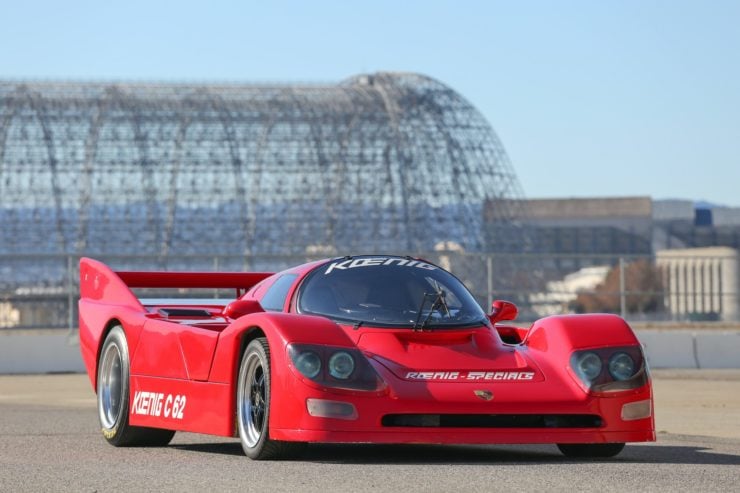
Although it looks a lot like the Porsche 962 the Koenig C62 shares no common panels with it, it has a new Kevlar composite body that slightly increased the height of the headlights and fenders to allow the car to be legally road registered.
In 1961 Willy bought an open-wheeled Formula Junior Cooper from the Formula 1 driver Wolfgang von Trips, and a year later in 1962 he won the Deutsche Bergmeisterschaft (German Hillclimbing Championship) driving a Ferrari 250 GT SWB.
This victory would get him invited to visit Ferrari in Maranello where he met Enzo Ferrari, and a special event was held in his honor.
The cordiality of this relationship wouldn’t last however, and within 20 years Ferrari would be threatening Koenig with lawsuits, and demanding that any Ferrari he had modified had all of its original Ferrari badging removed – as it could no longer be considered a true Ferrari.
There are many cars you could point to as the peak of Koenig Specials GmbH achievements, the highly-modified 850 bhp Ferrari F50, the 1,000 bhp twin-turbo Ferrari Testarossa, or perhaps the car shown here – the Koenig C62.
The Koenig C62 – Specifications
Just three examples of the Koenig C62 were ever made. The car is closely based on the Porsche 962, a Le Mans-style sports racing car that was never intended for use on public roads.
Above Video: This is racing driver Billy Johnson at there wheel of a Koenig C62 at Buttonwillow Raceway Park. Be sure to turn your sound on.
The team at Koenig Specials had ample experience working on the Porsche 911, but the Porsche 962 was an entirely new beast. They bought improved 962 chassis from a company called Thompson, that specialized in building safer, more rigid chassis for racing teams.
Koenig C62 Specifications
Though the C62 looks exceedingly similar to the 962 the cars actually share no body panels at all, an entirely new composite Kevlar body was designed that increased the height of both the fenders and headlights in order to meet German requirements for road legal cars.
The engine is a twin-turbocharged Porsche 930 3.4 liter flat-six with a series of modifications bringing power up to 550 hp and 553 lb ft of torque at the rear wheels via a 5-speed manual gearbox. The suspension was modified for street use, the original set up was stiff for racing use, so Koenig added slightly softer springs and shock absorbers.
Original Porsche 962 brakes were used however they were fitted with more street-focussed brake pads, both for usability and legal reasons.
The interior of the Koenig C62 makes very little attempt to be comfortable, exposed composite panels are visible and there is no carpet, climate control, stereo, or cruise control – it was designed to be as close to a street legal Porsche 962 race car as was practicably possible.
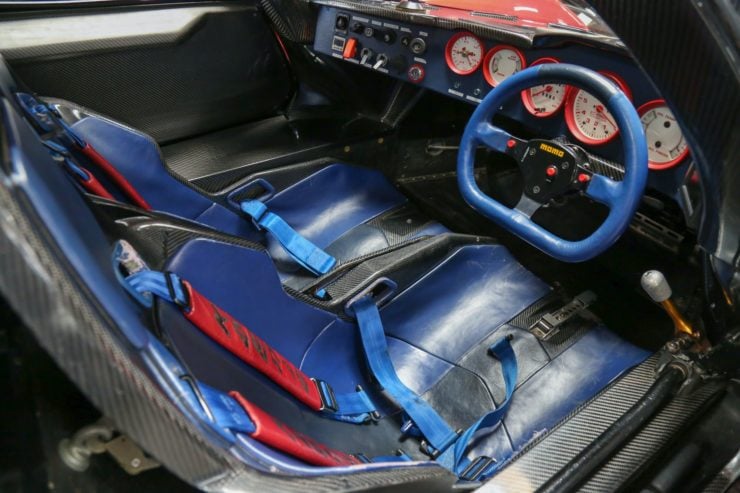
Very few allowances for comfort were made when developing the Koenig C62, it was intended to be as close to a road legal Porsche 962 as possible.
Koenig Specials had originally planned to build 30 examples of the C62, however just three were ultimately made – possibly because of the $1,030,000 USD price tag (in 1991 dollars).
The Koenig C62 Shown Here
The car you see here is the second of the three cars made, it was built between 1990 and 1991, then delivered to its first owner in Japan.
It would remain in Japan for most of its life, passing through a small number of exclusive private collections before being imported into the United States in 2019.
In the three years that the car has been with its current owner it’s been used sparingly, it has just 2,502 kilometers on the odometer from new.
It’s been fitted with new tires, GPS sender for the speedometer was installed, an inoperative fuel gauge was repaired, and it had a servicing by the technicians at R3 Motorsports in Van Nuys, California.
The car is now being auctioned live online by Collecting Cars, at the time of writing there are still a few days left to bid and you can click here if you’d like to visit the listing.
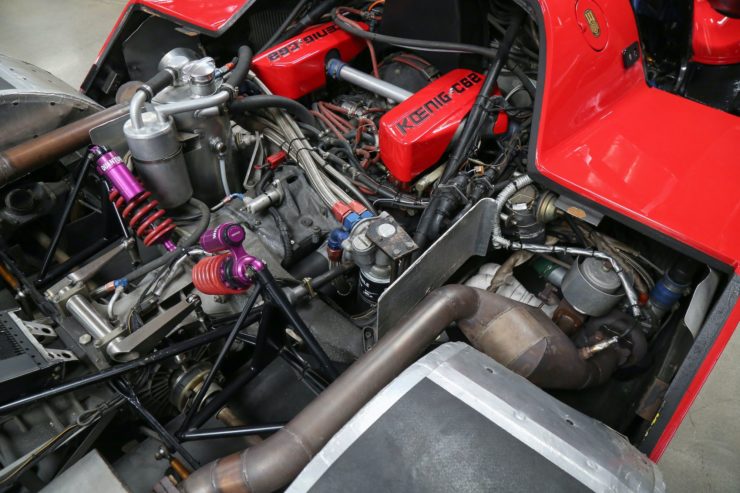
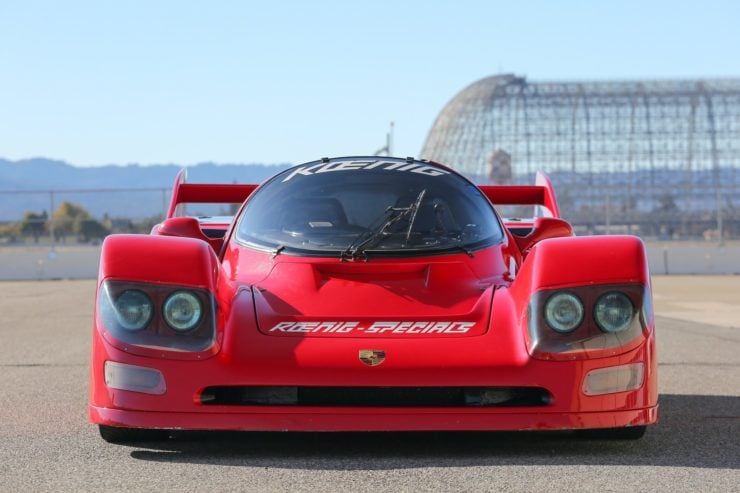
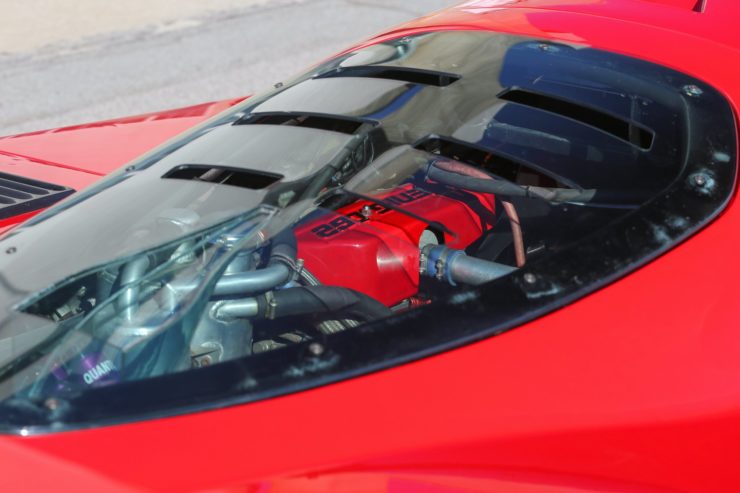

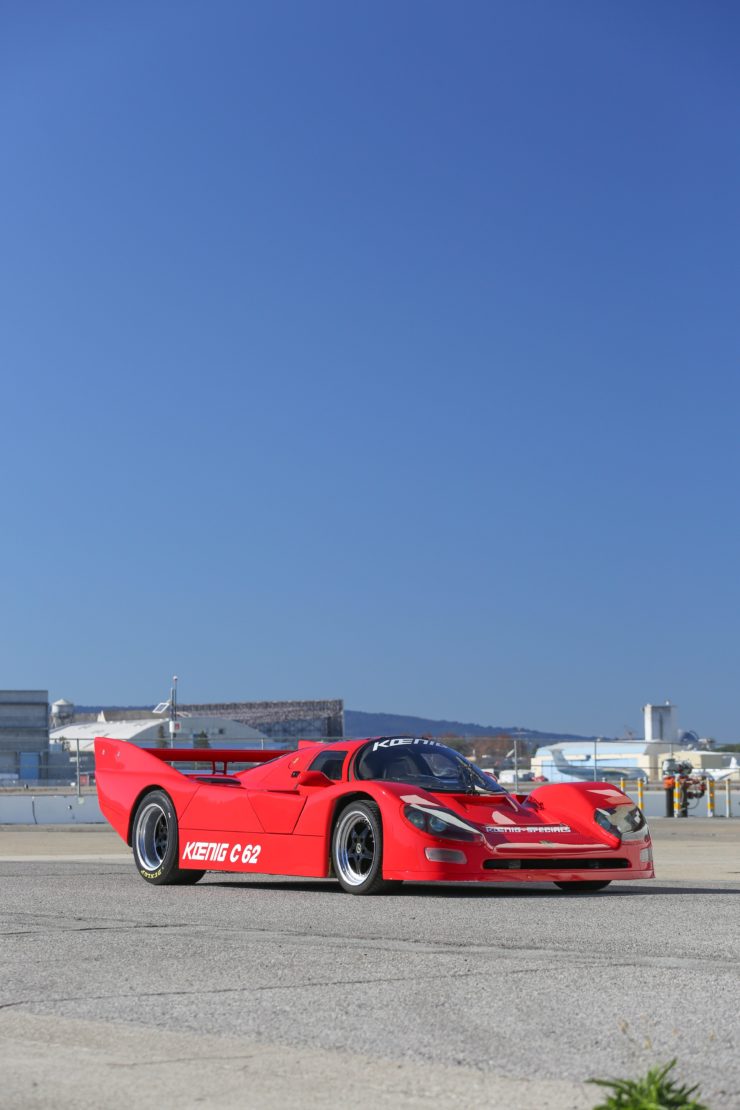
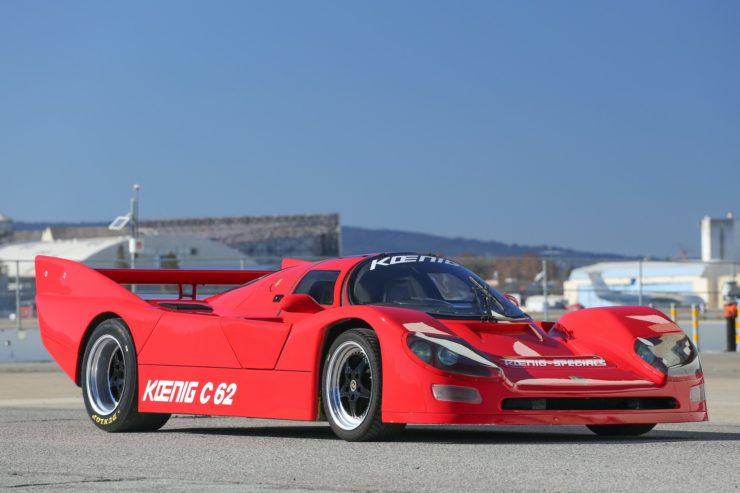
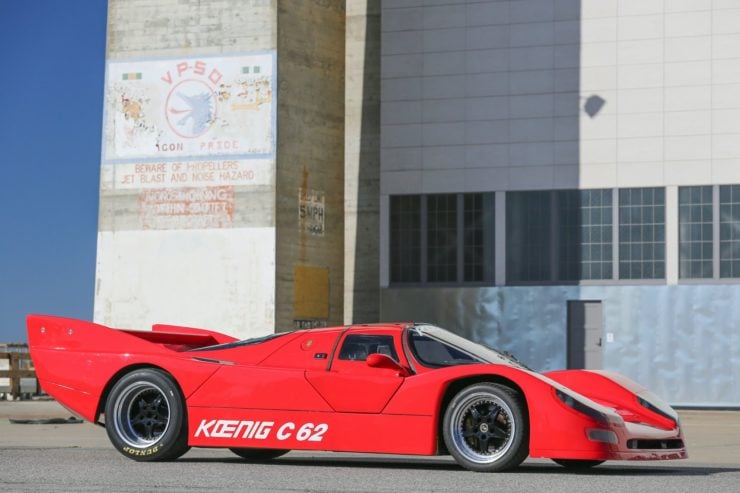
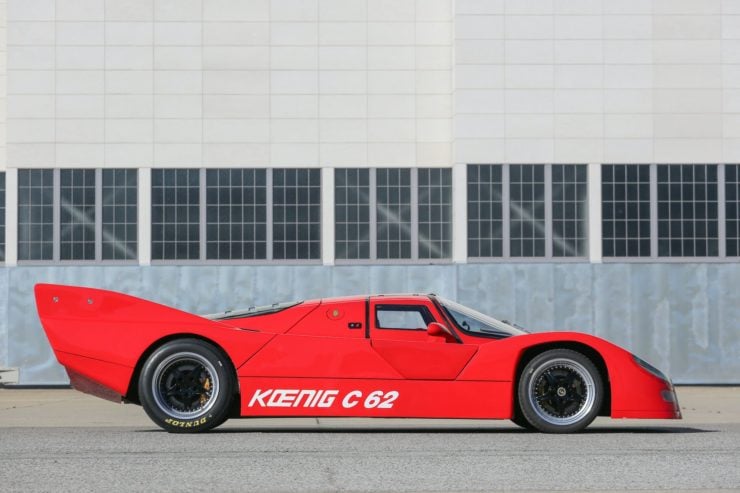
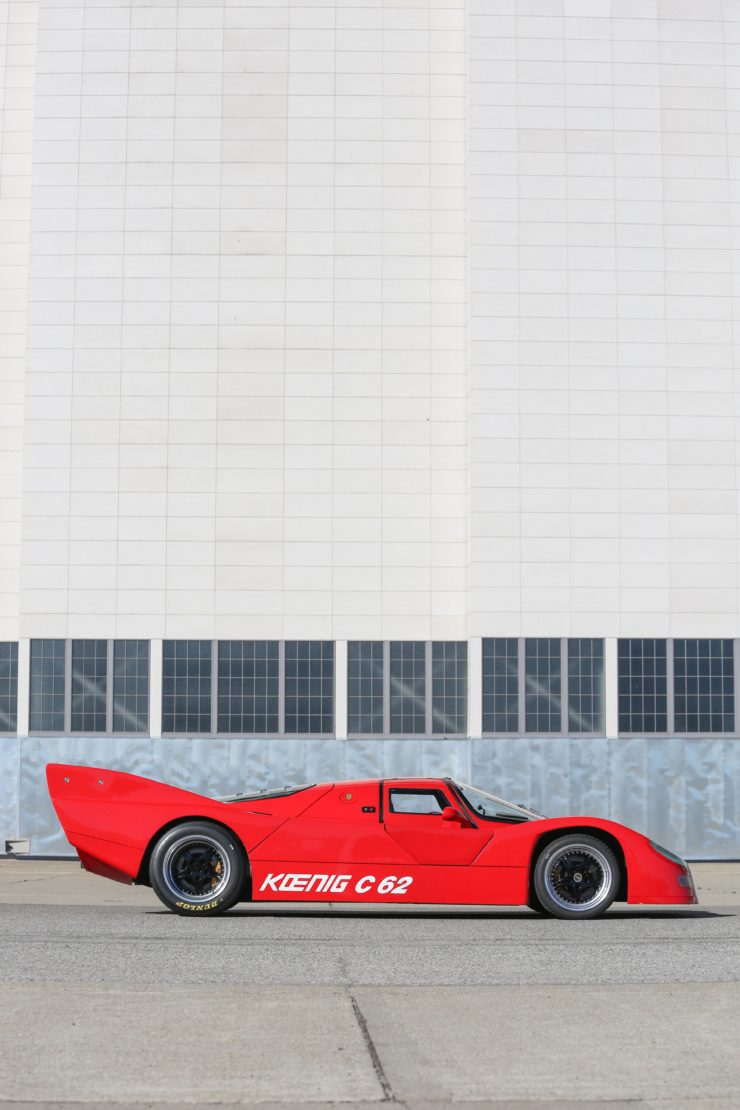
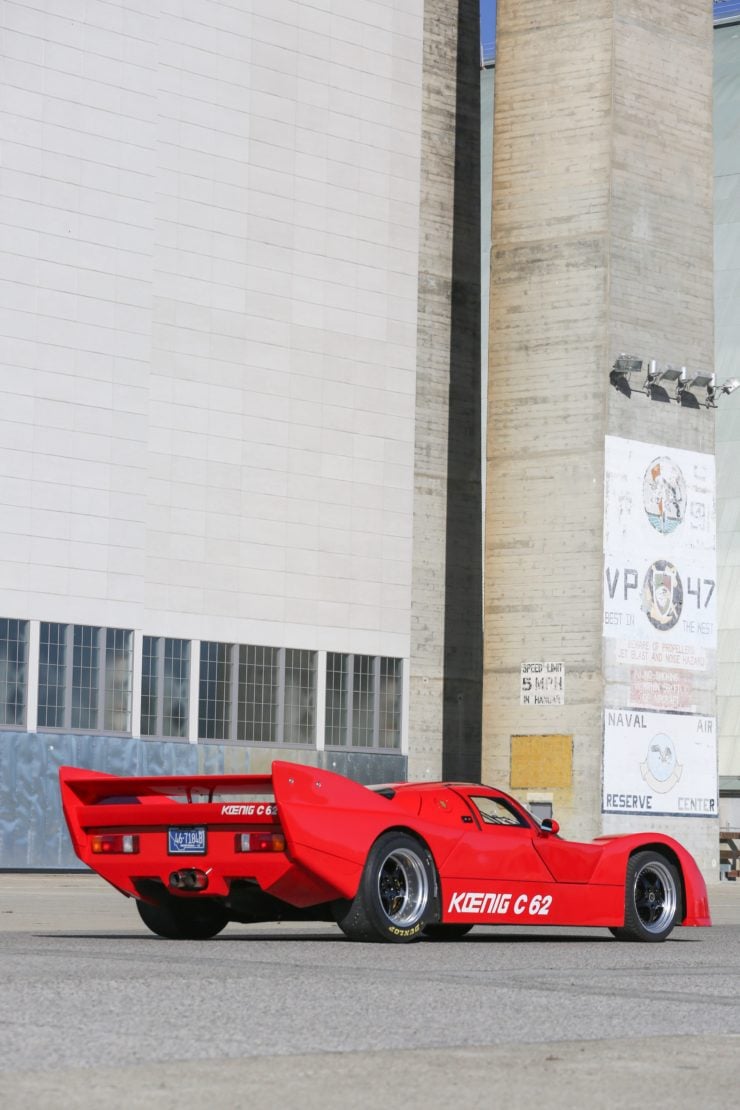
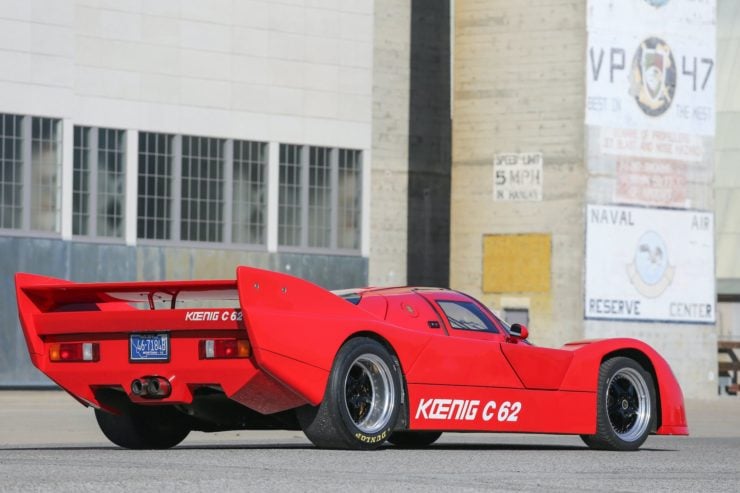
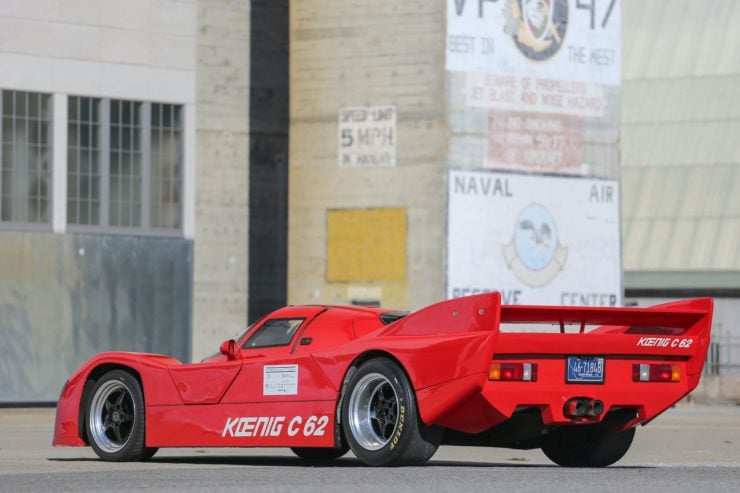
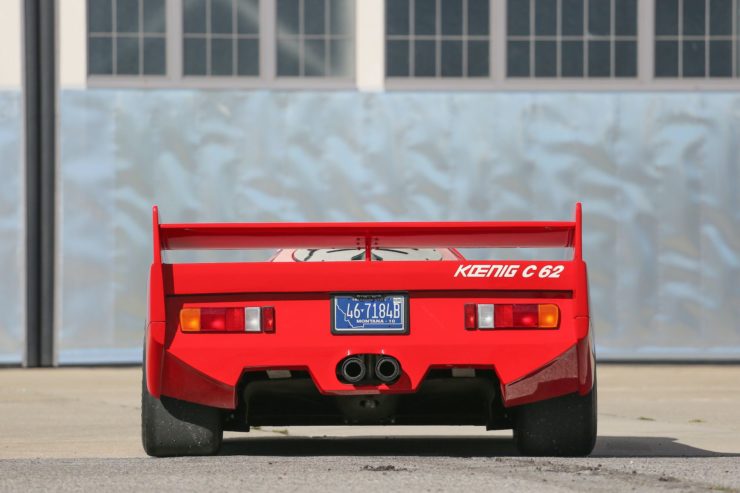
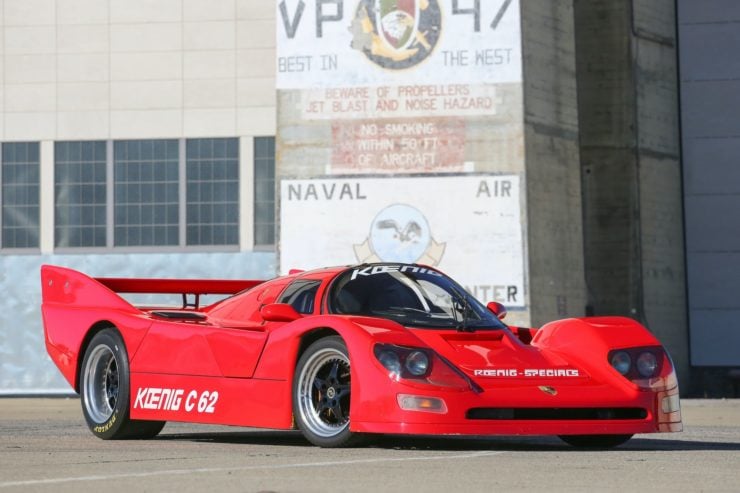
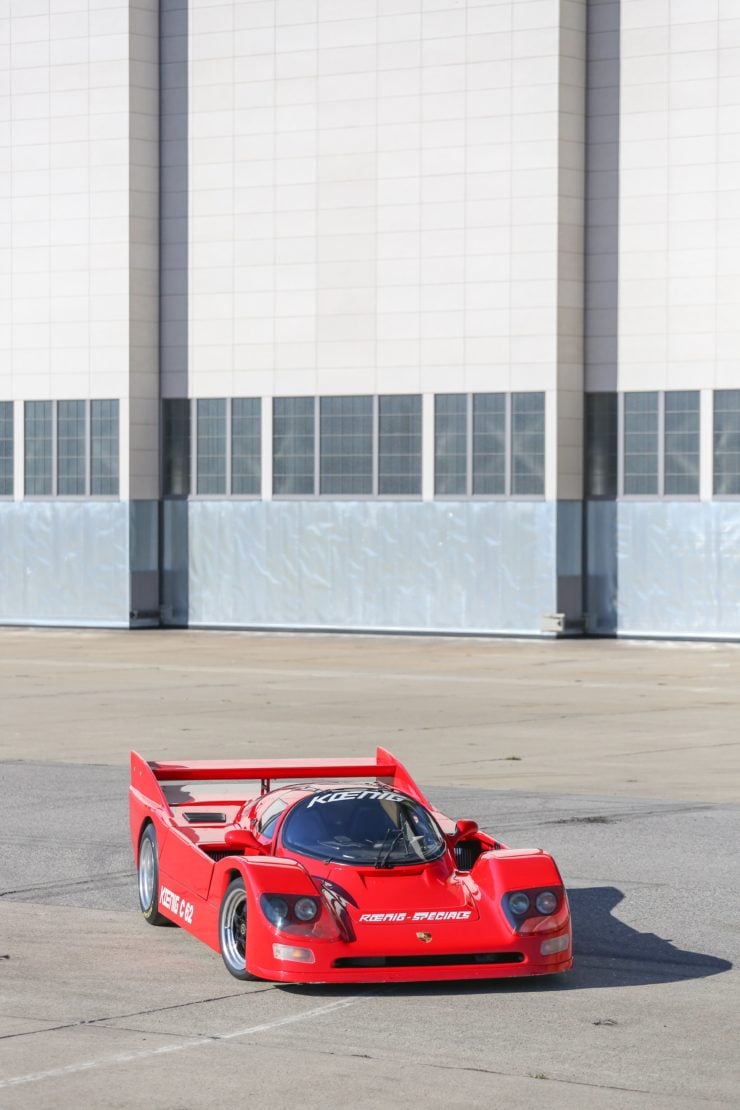
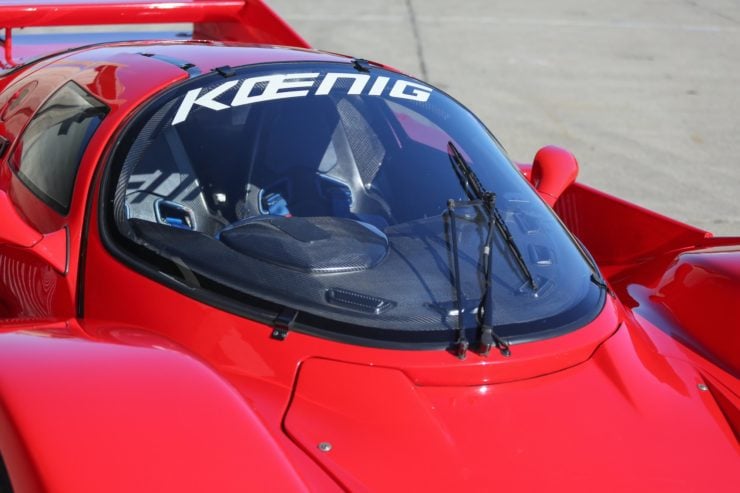
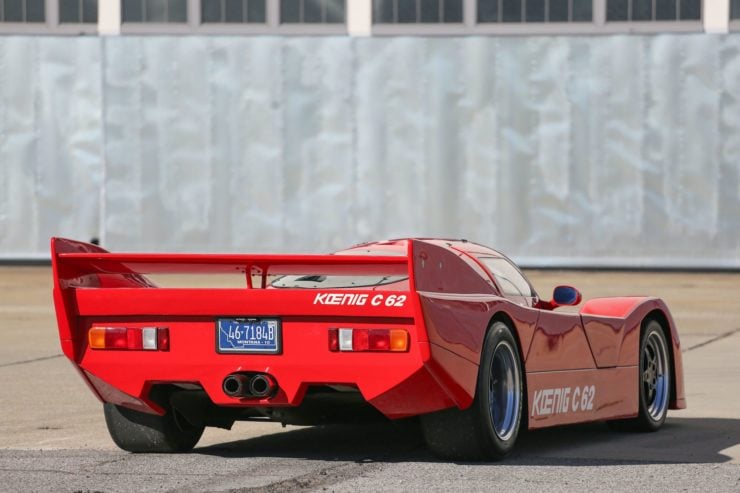
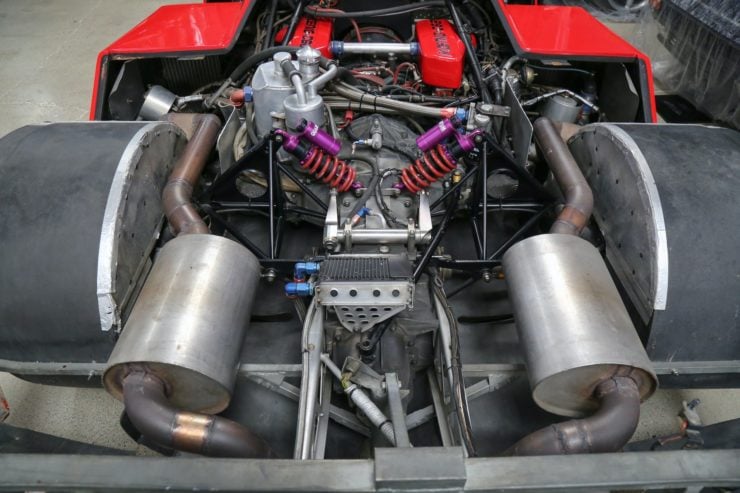
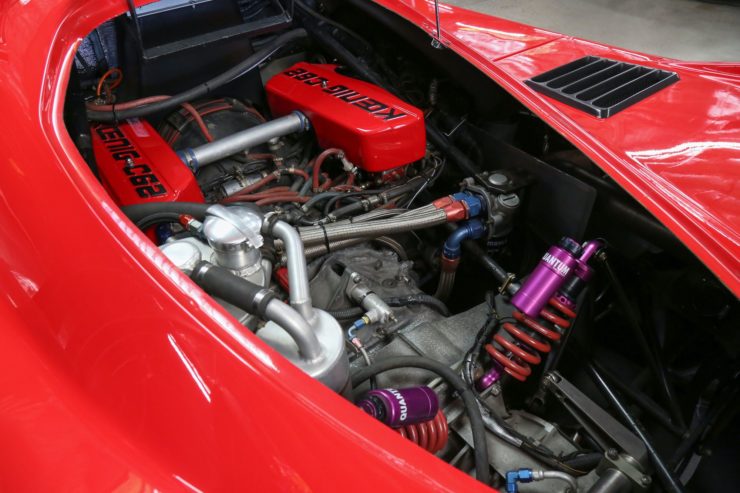
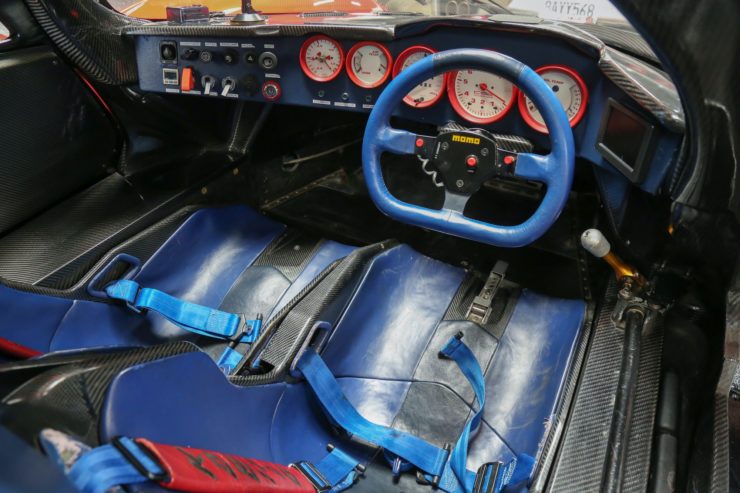
Images courtesy of Collecting Cars
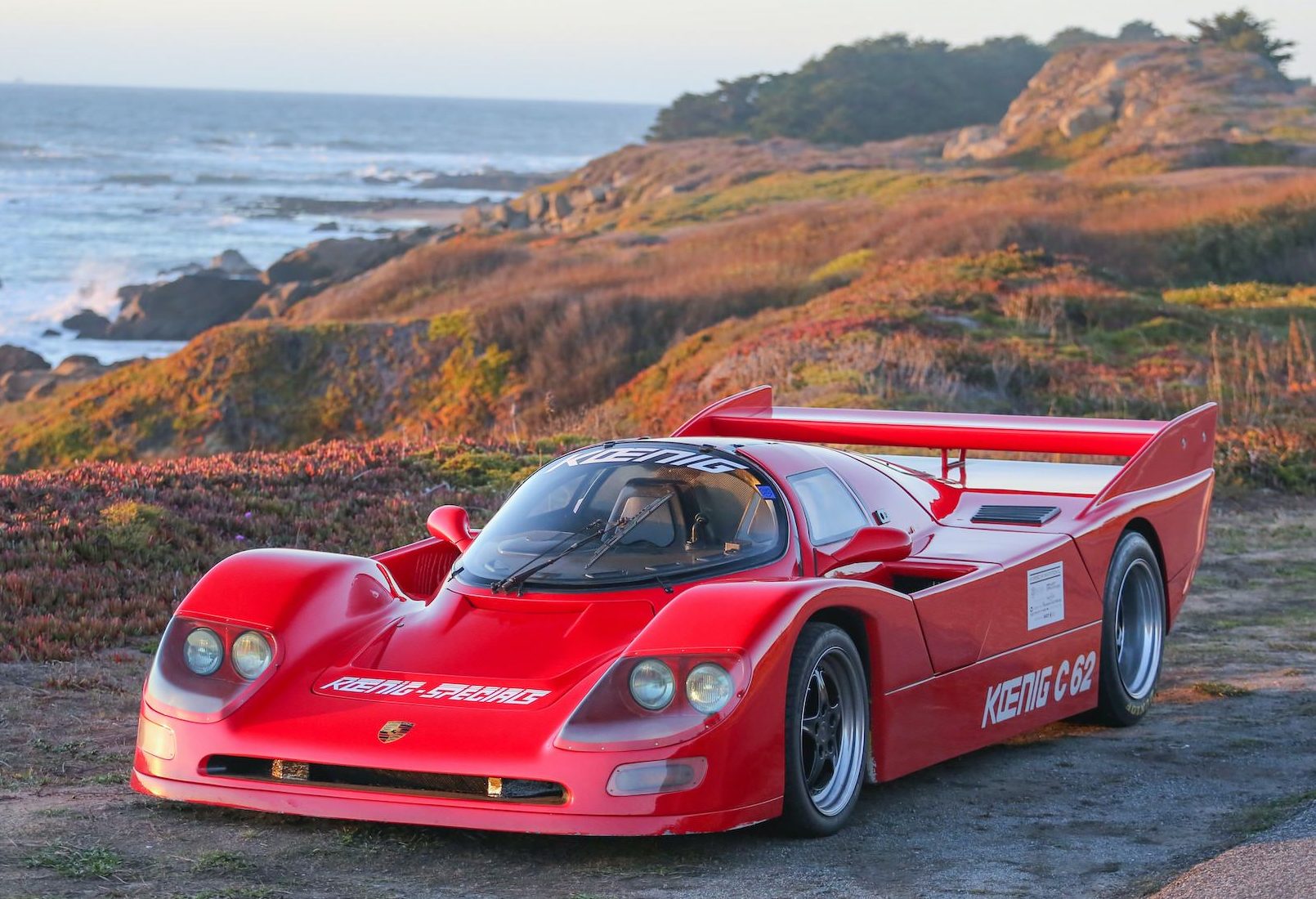
The post Koenig C62: 1 Of 3 Road-Legal Porsche-Based Group C Race Cars appeared first on Silodrome.
from Silodrome https://silodrome.com/koenig-c62-car/
via gqrds
